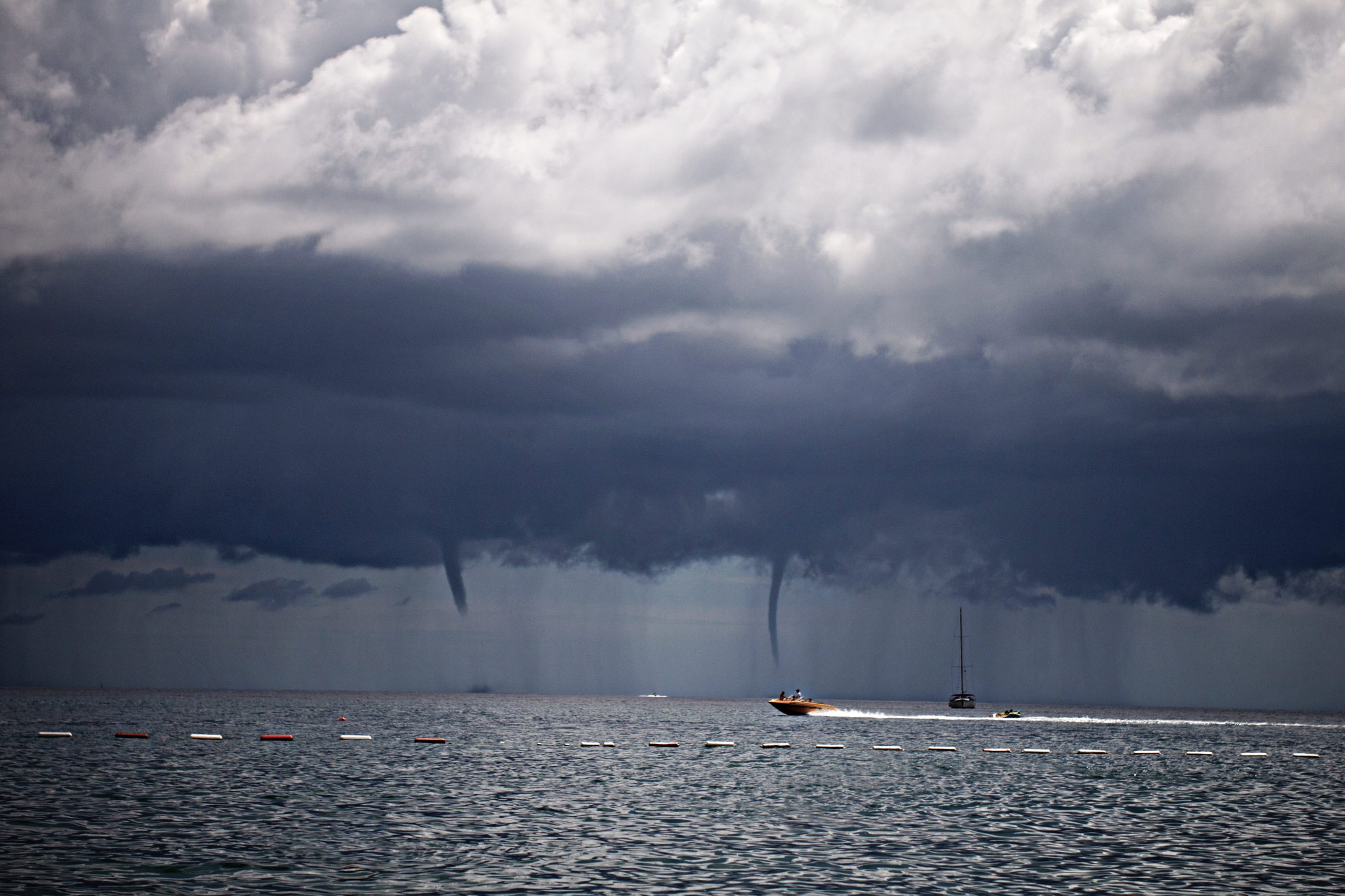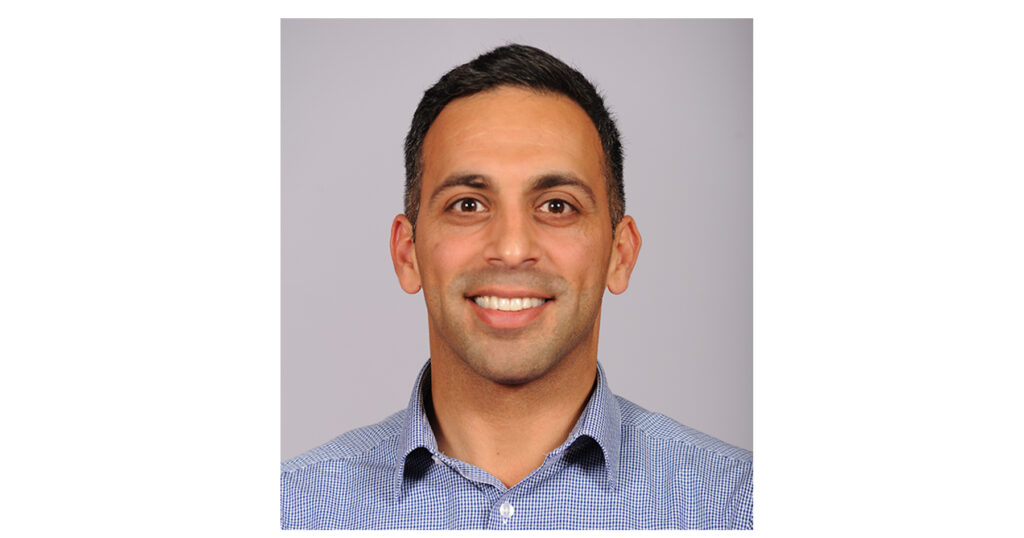As hurricanes, flooding and storms tear through communities around the world in what feels like an unprecedented onset of natural disasters, one company is hoping they have a solution that will save countless lives. Survival Capsule is a Seattle based company that has created a spherical capsule which users can enter, protecting them from the chaos and destruction that natural disasters like Tsunamis inflict on communities around the world.
The idea came from Julian Sharpe after Indonesia was hit by a devastating Tsunami in 2004 which claimed approximately 225,000 lives. With his background in Aeronautical Engineering and Design and twenty-seven years of aircraft and space industry experience, Sharpe teamed up with his colleague, Scott Hill, a Mechanical Engineer who also had experience in aerospace with the Boeing Company, to create the Survival Capsule.
The Survival Capsule is a patent-pending, personal safety system (PSS) designed as a spherical ball to protect against tsunami events, tornadoes, hurricanes, earthquakes, and storm surges. Though the capsule was inspired by the effects of Tsunamis, it is incredibly versatile and has the potential to protect against many other natural disasters.
For example, it can change position according to water depth, so it will never be inundated by water levels rising too high. It also provides warmth, safety, and shelter during the initial post-disaster period before rescue crews and relief workers have arrived on the scene. Moreover, the sphere will withstand the initial impact of a natural disaster, as well as sharp object penetration, heat exposure, blunt object impact, and rapid deceleration.
The capsule currently comes in in five different sizes, but the company has engaged Japanese companies which are looking to expand to create larger pods to fit more people. The overall aim is to have these capsules implemented on buildings or embedded into the ground of high-risk areas, providing a haven for potential victims if disaster strikes.












